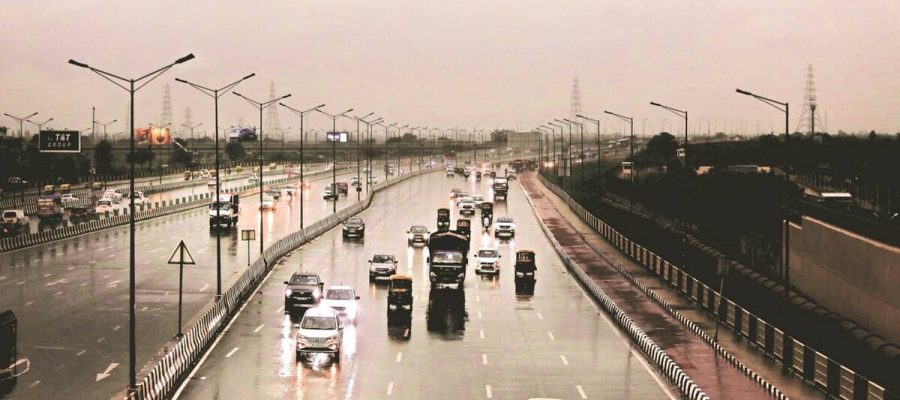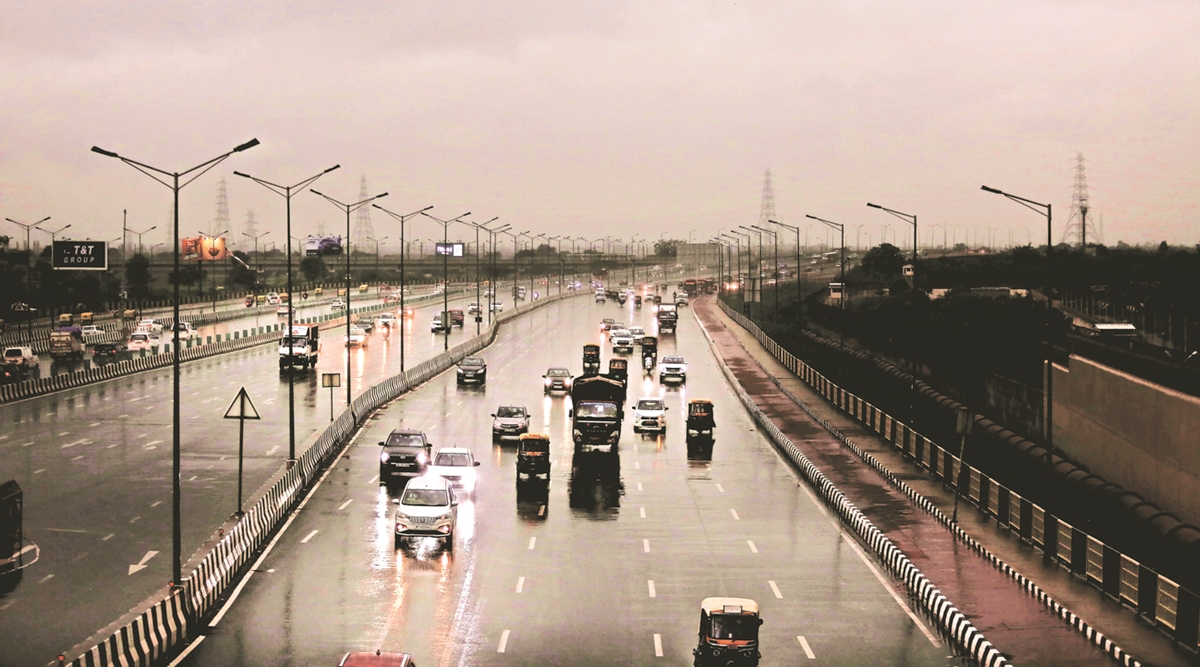PM 2.5 levels begin to breach the 24-hour standard resulting in bad air days when the monsoon retreats. This began in September in 2018 and 2020, while it was delayed to October in 2019 and 2021.
Meteorological conditions causing an extended period of rainfall this year have meant that the 2021 winter is beginning with a “cleaner threshold” compared to previous years, according to an analysis by the Centre for Science and Environment (CSE).
The analysis assesses PM 2.5 levels from January 1, 2018, to October 15, 2021. PM 2.5 levels begin to breach the 24-hour standard resulting in bad air days when the monsoon retreats. This began in September in 2018 and 2020, while it was delayed to October in 2019 and 2021.
The period from September 1 to October 15 is considered to be ‘pre-winter’ in the analysis. According to figures provided by CSE, the average PM 2.5 level for the pre-winter season this year was 42 µg/m3, lower than 62 µg/m3 in 2020, 51 µg/m3 in 2019, and 59 µg/m3 in 2018.

CSE’s analysis of fire count data from the NASA satellites indicates that fire count in the pre-winter season this year is less than half of what was recorded last year. This is attributed to the rain spells witnessed this year or cloud cover which may have hampered satellite imagery. The fire count (aggregate for Punjab and Haryana) for the pre-winter season last year was 5,078, as opposed to 2,351 this year. In 2019, it stood at 2,299, up from 1,765 in 2018. The total count for the winter season in 2020 was 75,600, a rise from 48,155 in 2019, and 63,979 in 2018.
The contribution of farm stubble burning to air quality began around October 10, 2021, same as in 2018 and 2020, the analysis noted. This contribution peaked on October 16 this year when 14% of PM 2.5 levels in Delhi were attributed to stubble burning by the SAFAR monitoring system. The contribution of stubble burning to PM 2.5 levels can go up to 40%. The average contribution per day last year was 12.2%, higher than 8.9% per day in 2019, and 10.9% per day in 2018. Last winter, PM 2.5 levels were in the severe category for 23 days, down from 25 in 2019-20, and 34 days in the winter of 2018-19. The winter seasonal average PM 2.5 level was 194 µg/m3 in 2020, 180 µg/m3 in 2019, and 200 µg/m3 in 2018.
Delhi saw a cleaner monsoon this year, but a more polluted summer. The analysis indicates that this year, the monsoon season was the ‘cleanest’ for Delhi since 2018. The average PM 2.5 levels over the monsoon season this year was 41 µg/m3, compared to 44 µg/m3 in 2020, 46 µg/m3 in 2019 and 49 µg/m3 in 2018. The summer this year showed higher PM 2.5 levels than 2020. Summer in 2020 saw an average PM 2.5 level of 57 µg/m3, while this year recorded a higher average of 79 µg/m3.
Source: Read Full Article


